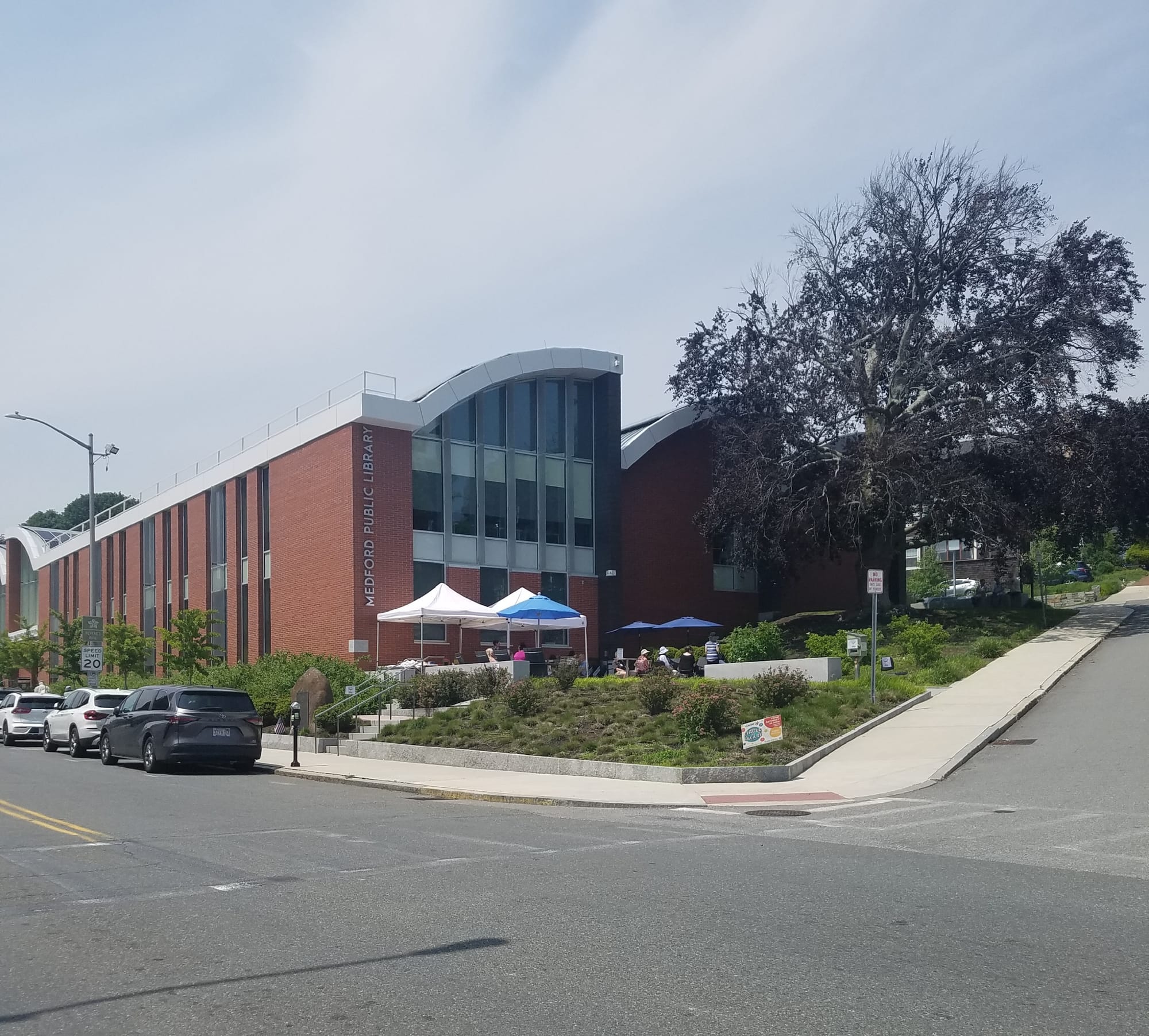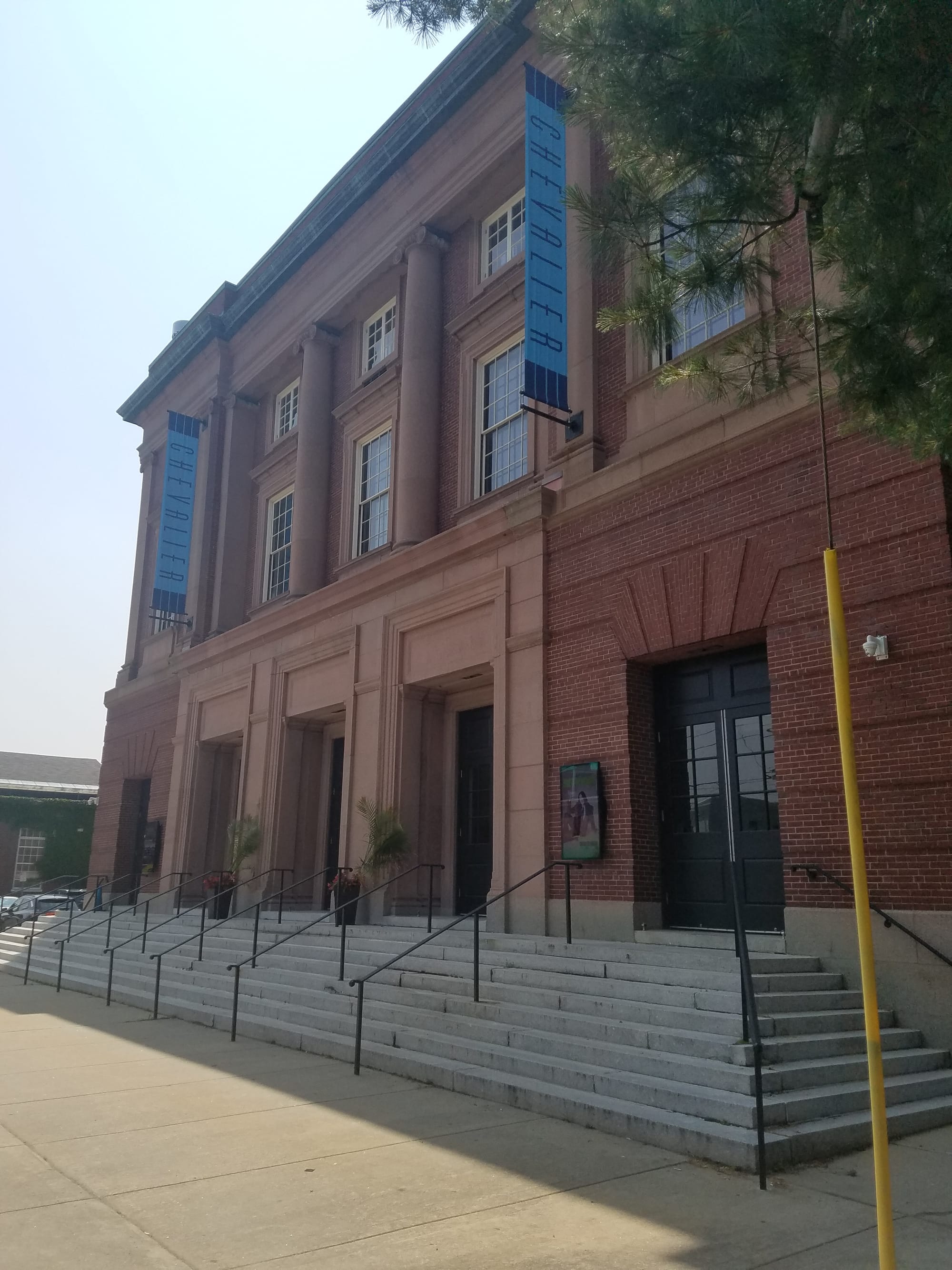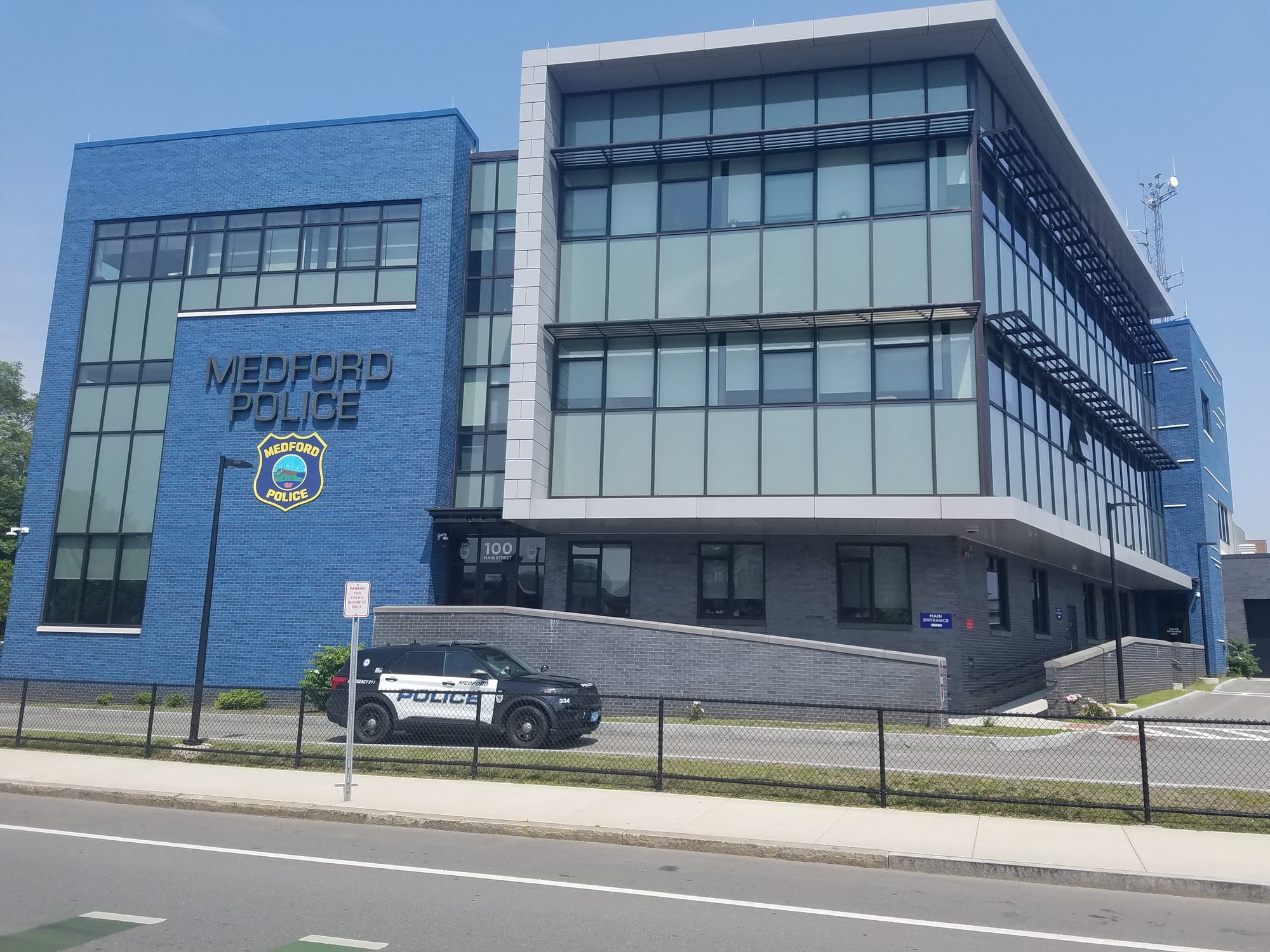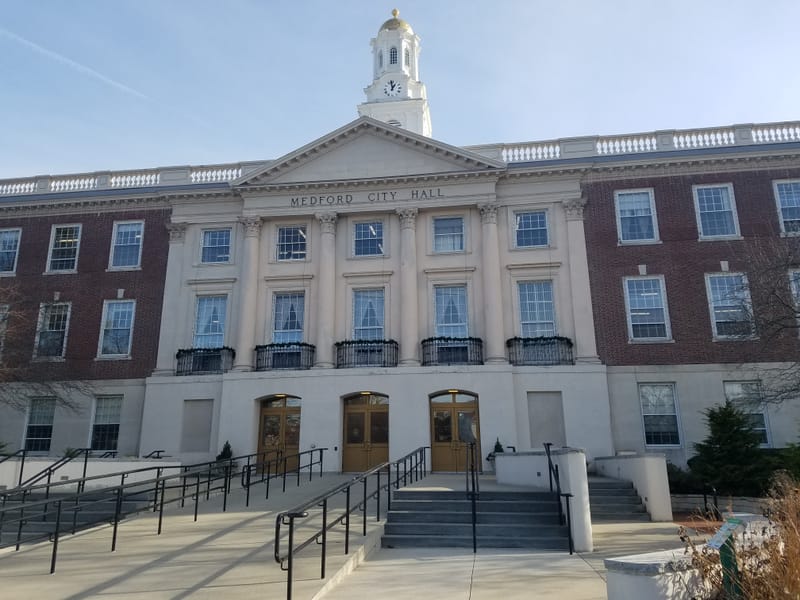Inventory of all city-owned properties and their conditions on tap in Medford
Exactly how many city-owned and managed properties are there in Medford? What kind of shape are they in? And, how much might it cost to restore them, if need be?
Exactly how many city-owned and managed properties are there in Medford? What kind of shape are they in? And, how much might it cost to restore them, if need be?
Those are questions City Council President Isaac “Zac” Bears is asking Paul Righi, the city’s facilities manager, to answer over the next six months or so. But there was another question added to the mix: how much will it cost to figure out how much it will cost to answer Bears’ questions.
“The catch-22 is, how much are we going to spend to see how much we have to spend,” said City Councilor George Scarpelli.

What?
In a Public Work and Facilities Committee request, Bears asked Righi to put together a complete inventory of every city-owned and city-managed property, provide the cost to restore each property to “a state of good repair,” and figure out how much it would cost to maintain that state of good repair once the properties were restored.
“I think to do the forecasting, I would probably have to hire a consultant to come in and inventory building systems and conditions of the buildings, so we can try and get a real cost of what it would be to bring our buildings back to the condition that they were in when they were built,” Righi said.
Righi did note he believes the buildings are in better shape since he came on as facilities manager. However, he essentially warned councilors to be ready for a steep number when it comes to restoration costs.
“Just to give you a ballpark, to do some work for the bathroom renovation, that was probably about $50,000 to pull together the team just for the bathrooms here at City Hall,” he said.
Righi also said he already had a spreadsheet of city-owned buildings, which he put together when he first started on the job. At that time, he said, he visited buildings before he even spoke to the people in them just to get a feel for what he’d be dealing with.
“What I found was that the city buildings were overall not taken care of to what I would call my standard,” he said. “And I have very high standards.”
He said a building should be functional, not only for those entering the building, but also for the people who work there every day.

“And if they don’t meet that requirement, something’s wrong with the building,” he said.
A case in point, he explained, would be the fire stations. Righi said during a tour early in his facility manager career, he not only heard a lot about the conditions firefighters had been living with, he also learned that even newer buildings like the library and the police station had no maintenance plans. He said he has since addressed many of those issues, but there is still a lot of work to be done.
Scarpelli said he believed everyone knew the city-owned buildings were in tough shape and it would be interesting to see the cost estimate, particularly in light of the cost of the City Hall bathroom renovation.
The plan
Public Works and Facilities Committee Chair Anna Callahan asked Righi if he could provide councilors with a list of city-owned properties in the next few weeks and get them an estimate of how much it would cost to get a full report on building conditions in a month or two.
Then, she said, councilors could regroup and decide, based on the estimate, if they want to go forward with a full estimate on what it might cost to restore each property.
Bears wondered if Righi had any concern with the state of non-building properties like city parks or lots. Righi said he tries not to get involved with the non-building side unless he’s directly asked for help, and then he’s happy to lend a hand.
With that in mind, Bears said, it would be good to pull a few planning office folks and even Department of Public Works people in on the project to make sure “those capital assets are covered, too.”

Ken Krause, who serves on the board of the Friends of Chevalier Auditorium and Gene Mack Gymnasium, said he hoped the Chevalier would be high on the city’s to-do list when the report is finished.
“The needs for Chevalier are unique I think, in that it’s one of the most active city buildings, and also perhaps the only one that generates income for the city,” Krause said. “So, it’s really important that we keep it in the state of good repair and competitive with other performing arts venues in the region.”
He also thanked Bears for bringing up the need for a plan to address the city’s properties and said it’s an important need for the city.
Callahan thanked everyone for coming out and said, “We look forward very much to the spreadsheet and then the estimate for the estimate.”





